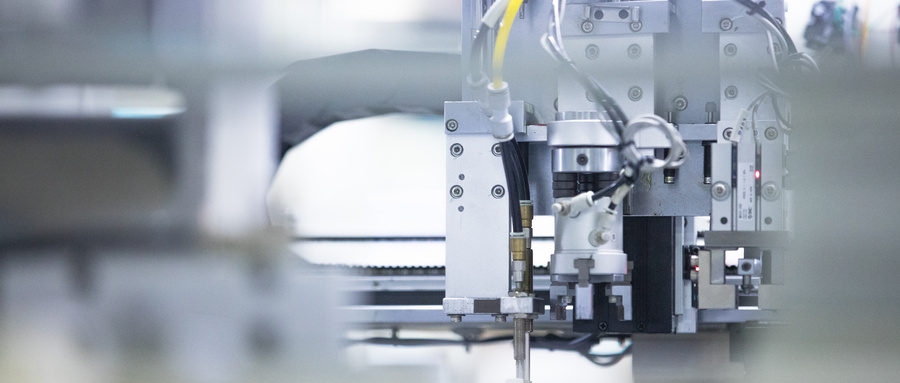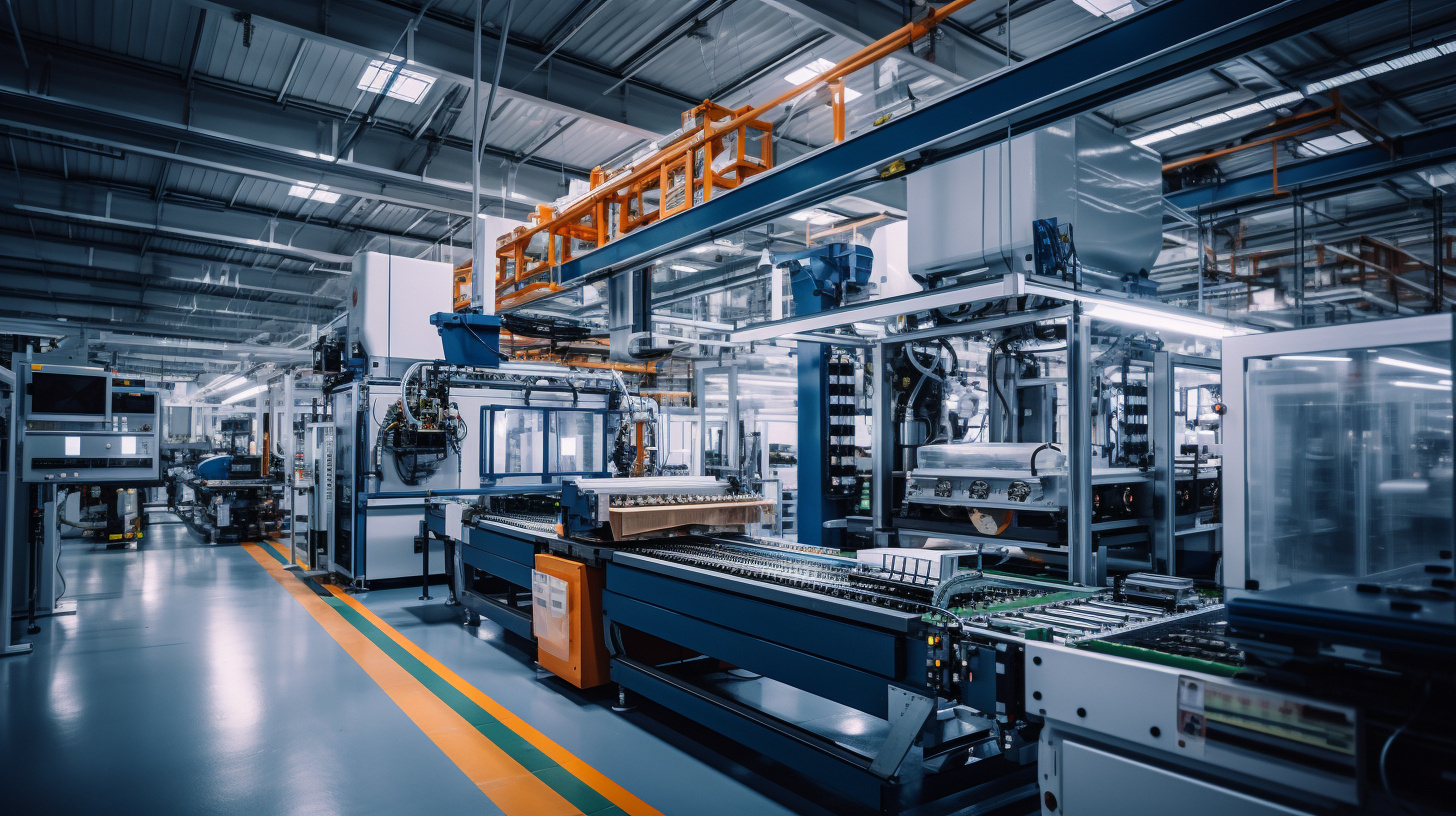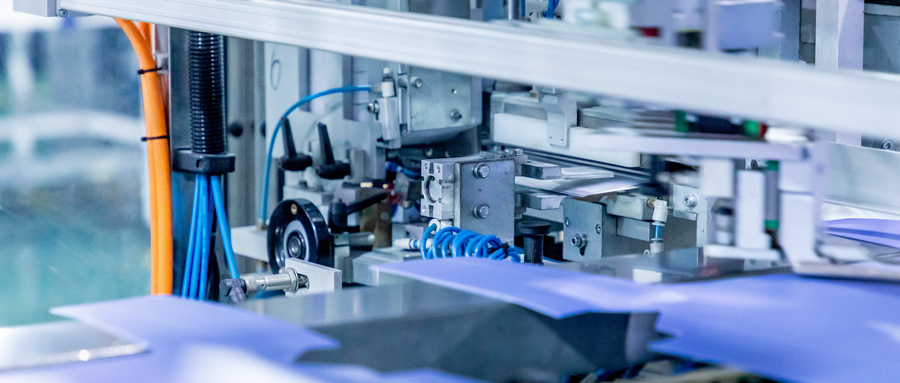
Busbar Application in Industrial Automation
What is a Busbar?
A busbar is a metallic strip or bar used for local high-current power distribution. It serves as a central hub in electrical power systems, efficiently distributing electricity to various circuits. In industrial automation, busbars are critical for managing the substantial electrical power required to operate machinery, control systems, and other automated processes .
Primary Applications of Busbars in Industrial Automation
-
Power Distribution: In industrial settings, busbars are used to distribute electrical power from a single source to multiple machinery and equipment. This ensures a stable and efficient power supply across the entire facility, reducing the risk of power outages and improving operational efficiency .
-
Control Panels: Busbars are integral components of control panels used in industrial automation. They connect various electrical components, such as switches, relays, and circuit breakers, facilitating the management and control of automated systems. This setup simplifies the design and layout of control panels, making them easier to maintain and expand .
-
Motor Control Centers (MCCs): Busbars are widely used in motor control centers, which are essential for controlling electric motors in industrial processes. They provide a reliable means of distributing power to motor starters, drives, and other control devices, ensuring efficient and coordinated operation of machinery .
-
Programmable Logic Controllers (PLCs): In PLC systems, busbars provide a centralized point for power distribution, ensuring that all components of the PLC receive a stable power supply. This is crucial for maintaining the reliability and performance of automated control systems .
Solving Power Transmission Problems with Busbars in Industrial Automation
-
Efficiency and Loss Reduction: Busbars offer low-impedance paths for electrical currents, reducing energy losses and improving overall system efficiency. This is particularly important in industrial automation, where minimizing power loss translates into significant cost savings and increased productivity.
-
Space Saving: Industrial environments often have limited space for electrical installations. Busbars require less space compared to traditional wiring, allowing for more compact and streamlined installations. This is beneficial in control panels and motor control centers where space optimization is critical .
-
Improved Reliability: With high mechanical strength and secure connections, busbars are less prone to damage compared to cables. They provide stable connections, reducing the risk of loose connections and electrical faults, which is vital for the safe and reliable operation of industrial automation systems .
Types of Busbars Used in Industrial Automation
-
Flat Busbars: These are commonly used in applications requiring efficient current distribution and a large contact area. Flat busbars are ideal for use in control panels and MCCs due to their simplicity and effectiveness in power distribution .
-
Flexible Busbars: Made from thin layers of woven or laminated copper or aluminum, flexible busbars allow for easy installation in confined spaces and accommodate thermal expansion and contraction. They are particularly useful in applications where movement or vibration is expected, such as in dynamic industrial environments .
-
Laminated Busbars: Consisting of multiple conductive layers separated by insulation, laminated busbars reduce inductance and electrical noise, improving performance in high-frequency applications. They are often used in modern industrial automation systems to optimize space and performance .
-
Copper and Aluminum Busbars: Copper busbars are preferred for their excellent conductivity and mechanical strength, while aluminum busbars are used for their lighter weight and cost-effectiveness. Both types can be insulated or have galvanic coatings to enhance conductivity and durability, depending on the specific application requirements.
Advantages and Disadvantages of Using Busbars in Industrial Automation
Advantages:
- Efficiency: Low-impedance paths reduce energy losses, improving system efficiency.
- Space Saving: Compact installations are beneficial in the limited space of control panels and MCCs.
- Reliability: High mechanical strength and secure connections reduce the risk of electrical faults.
- Flexibility: Easy to modify and expand systems, accommodating future upgrades.
Disadvantages:
- Initial Cost: Higher upfront costs compared to traditional wiring.
- Complex Installation: Requires careful planning and installation to ensure optimal performance.
Busbars are a fundamental component in modern industrial automation systems, offering numerous benefits over traditional wiring methods. They ensure efficient and reliable power distribution across various applications, from control panels to motor control centers.





